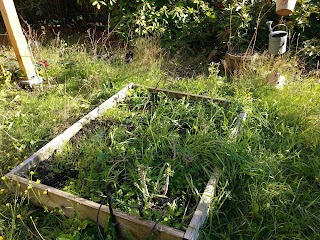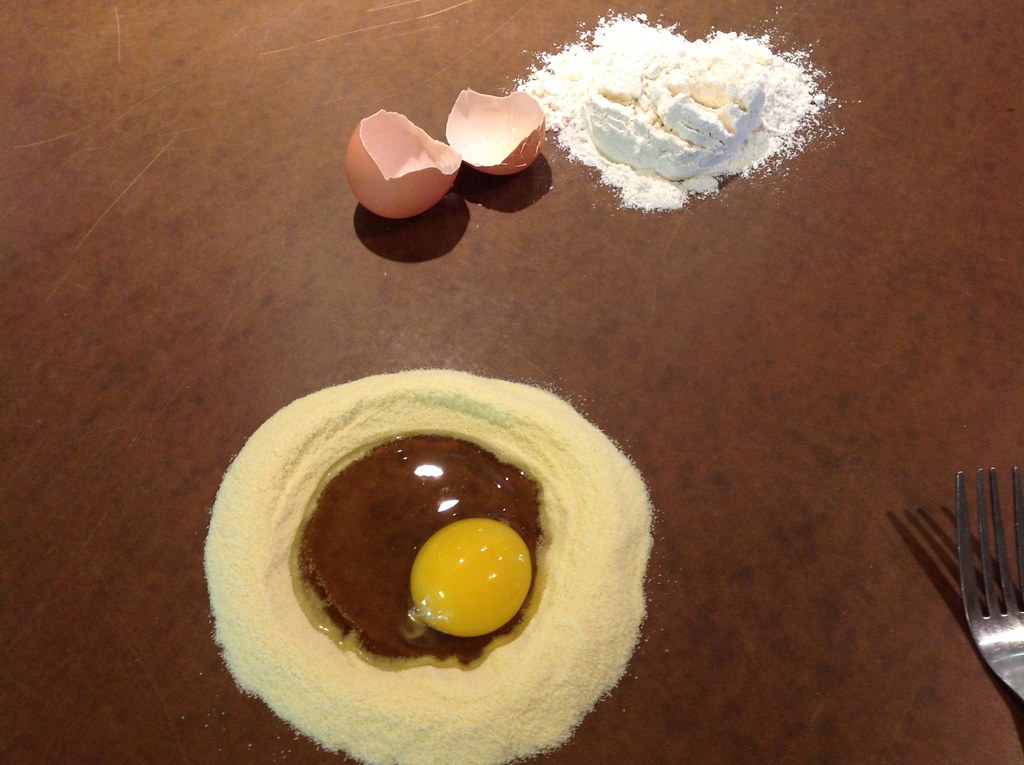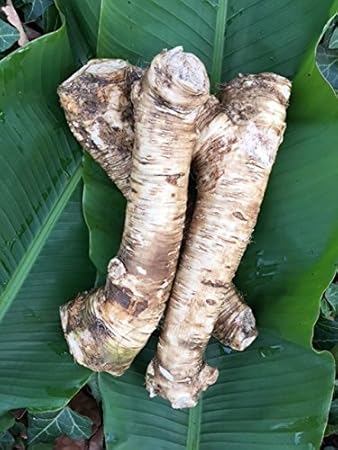Gardening and agriculture has been a massive part of human evolution throughout time. It's also extremely important to human evolution as well. By learning how to culture crops and better manage the soil, we as a species have achieved amazing possibilities. We've learned to rotate crops to ensure soil salinity and fertility, learned how to breed plants to make new ones called hybrids, and even genetically modify plants to be larger for more sustenance and nutrients. Now, GMOs are not necessarily bad, but some people don't like how we genetically change the food we eat (even though we've been doing it for millennia).
With all of the stay-at-home orders being issued by political officials due to the spread of COVID-19, it's hard to stay busy. Whether you're binge re-watching The Office for the 6th time or playing video games religiously, they can get boring after such repetition. So today, I want to talk about how gardening has been used for therapy and busy work during world crises like this.
In the early 20th century, George Washington Carver, an African American agricultural scientist and inventor wrote an agriculture tract discussing the importance of gardening during times of crisis. Of course, the crisis he was referring to was World War 1, the bloodiest and most atrocious global conflict humanity has ever seen. Carver brought up the idea of a "Victory garden" which are gardens in private residences and public spaces that were used to grow and produce food for rations for soldiers overseas.
These types of gardens continued to see popularity during WW2 and other conflicts at the time. They kept housewives and children busy while their husbands and fathers fought overseas. Of course this is an outdated stereotype that women primary use gardens, but it isn't hard to believe that women were the poster children of V gardens or gardening in general. A majority of men were at war, leaving most of their wives, sisters, daughters, etc. at home.

A similar spurt of gardening popularity grew during other times of crisis as well. More specifically, during the Spanish flu pandemic of 1918 and other larger outbreaks, there were an overwhelming amount of reports of depression, anxiety, and other mental illnesses. Scientists can't exactly link these spikes in mental illness to pandemics, but it's safe to say that the foreboding sense of mass death would make a large number of people depressed and anxious. Doctors who specialize in mental health say that distractions are important parts of balancing mental health. Now distractions are in no way, shape, or form cures for these ailments and as someone with these illnesses, I'd be quite offended if that were suggested to me as a cure, but it is scientifically proven that distractions are effective short-term resolutions to battling depression and anxiety.
One of these distractions is gardening. While it's unknown how much garden activity was done during the 1918 pandemic, it's a probable possibility that people turned to it as a source of entertainment since people during that time didn't have YouTube or Netflix to consume their time.
The current pandemic that is affecting our society has showed that gardening is actually one of the more popular quarantine activities. National retail seed sales since mid-Feburary into early March spiked by almost 23% which suggest that a lot of people are in fact gardening. However; for the sake of gardening, this pandemic couldn't have come at a better time. With the warmth of Spring just around the corner and all the time in the world, crops and herbs can grow and be maintained with absolute care.
I hope that this blog post was helpful and educational about how gardening was used as a therapeutic and patriotic hobby to boost morale and keep hands busy during a crisis.























































